In this guide
Keeping an eye on your super and monitoring how it’s performing are great habits to get into and can make a big difference to the size of your nest egg.
But when it comes to performance figures, it’s worthwhile balancing short-term snapshots with the bigger, more complete picture that can help us maintain perspective and avoid common mistakes.
SuperGuide publishes lists of the top 10 performing super funds across 5 different risk categories and over 1 year and 10 years. You can find the super lists at the links below.
You can find the pension fund lists at the links below.
This article is designed to help you understand each risk category.
Firstly, what is your super fund trying to achieve?
Most super funds offer a range of investment options to choose from, like a menu. One of the ways we can distinguish between the various investment options on offer is to look at the investment strategy of each option, which includes:
- A specific objective about the returns it’s endeavouring to deliver (for example, inflation plus a certain percentage over a stated length of time)
- How it’s invested, including which types of assets it’s typically comprised of
- The characteristics of a person to whom the investment option may be best suited.
These investment strategy points draw out the all-important interplay of risk, return and timeframes.
Investments such as shares, property, infrastructure and private equity are referred to as growth assets for their ability to produce strong returns over the long term, but they are more likely to experience volatility (and even negative returns) in shorter timeframes.
Conversely, assets like cash and fixed interest are referred to as defensive assets for their ability to defend against volatility, but generally cannot produce high returns over long periods of time.
Comparing like with like
When we see newspaper headlines such as ‘Best performing super funds’ it’s important to note that the performance being reported is usually only one investment option from any super fund and doesn’t represent the performance of the fund’s many other investment options.
Most typically reported is just the default investment option of any given super fund, the option our money gets invested into if we make no active investment selection for ourselves. That makes it very applicable to many Australians, but of course you may wish to compare other investment options along the risk spectrum.
To fairly contrast one super fund’s performance against another’s, investment options are categorised according to their weighting in growth versus defensive assets, indicative of their risk and return potentials. The more an investment option has allocated to growth assets, the higher its short-term risk and long-term return may be.
The differences between super funds’ performance then comes down to the investment manager’s philosophy, style and expertise. Some investment approaches will flourish better in certain market conditions or political landscapes so the top performers in one year may not be in the top pack in another year or two as conditions alter.
What’s in a name?
Super funds often use labels that relate to the investment option’s risk and return characteristics based on growth versus defensive assets. You may have seen terms like Conservative, Balanced, Growth and so on, used to categorise options or even incorporated into the name of an investment option.
These sort of descriptive labels endeavour to help you succinctly differentiate between investment options within your existing super fund and, when you are just looking at the options within one super fund, these labels are straightforward and quite helpful.
The shortcoming of these names and labels, however, is that there is not a standardised way of risk labelling across all super funds. Similar investment options may be called Balanced by one fund and Moderate by another.
In addition, how many growth assets a Balanced investment option in one fund holds may be quite different to how much exposure to growth assets a Balanced investment option in another super fund has. Similarly, growth-oriented investment options may go by a range of names and labels such as High Growth, Dynamic and Aggressive.
Yes, it’s tricky! This is why research and comparison providers go to great lengths to ensure consumers are comparing like with like as accurately as possible, and why it’s beneficial to always use professional performance comparisons instead of accessing performance figures from various super funds’ websites trying to make heads or tails of a comparison. DIY performance comparisons are difficult even for the savviest of superannuation investors and are unlikely to give a reliable contrast.
The key take-outs here are:
- Don’t rely on the name of an investment option
- Always use professional performance comparisons.
The principles of volatility and time
All investment options can have downturns and upswings because all underlying asset classes can fluctuate. For most asset classes, this includes the possibility that it may, on occasion, dip so far as to deliver a negative return. But the extent to how high or low an investment option fluctuates largely depends on the proportion of growth assets versus defensive assets.
Growth assets will generally experience more volatility than defensive assets. You may be accustomed to thinking of volatility in terms of downturns but change or fluctuation includes the capacity and likelihood of upturns and spikes. Defensive assets are generally less volatile, which means fewer extreme downturns and less capacity to deliver very high returns. This is what we call the risk/return trade-off.

Where you choose to place yourself on the risk/return continuum will usually depend on two factors: time and comfort.
- Time plays an important role in investment, especially with superannuation which is generally a long-term investment. What do we mean when we talk about short and long timeframes? In investing terms, short term is generally one to three years, medium term is generally three to five years and long term is generally seven to ten years or more. The further away you are from needing to access your super, the more time you may have to benefit from investments with more capacity for long-term growth, as you have time to ride out short-term market fluctuations. Don’t forget, even after retirement most of us will keep our nest egg invested in some way so it continues to outpace inflation, so your timeframe may be much longer than just how far away you are from retirement.
- Comfort simply means your super shouldn’t keep you awake at night. Consider your own timeframe in super but weigh it up against how comfortable you are with the prospect of short-term dips and possibly even negatives from time to time. We are all different and what is right for one person of a certain age may not necessarily be right for another person of the same age. This is where investing is about you as an individual.
The 5 risk categories
The 5 risk categories below are all named by Chant West, a research company that has been analysing super fund performance for more than 20 years.
Am I in the right super fund and investment option?
This is the question we often can’t resist asking ourselves whenever we see comparisons between super funds. It’s a question we should all ask ourselves at least once, but we never want to make knee-jerk reactions that may not be in our savings’ best interests.
Chasing good returns that have already happened – whether it be that of a specific asset class or an investment manager – can be a recipe for selling low and buying high or missing your own fund’s upswing. So first take a deep breath and pause.
If your super fund doesn’t appear in the top ten, it doesn’t necessarily mean it hasn’t performed well over this timeframe.
- Your super fund may still have met its investment objective by outperforming its identified target (usually exceeding inflation or a nominated benchmark by a stated degree).
- See if your super fund at least met the median return for the same timeframe with peer investment options in the same risk category.
- Additionally, you can check out a comprehensive list of quartile rankings for both short and long term periods. Investment options are flagged by each time period with a 1, 2, 3 or 4, where 1 means they were among the top 25% of investment options in the same risk category, 2 means they were among the next 25% and so on, with 4 being the investment options among the bottom 25% of investment options in the same risk category. You can see All Growth investment options by quartile ranking here.
Now with a cool head remember that you don’t necessarily need to change super funds in order to change how your money is invested.
If you’re unsure if your current investment option is best suited to your timeframes and risk tolerance, you may wish to better understand your own risk profile and investigate other investment options available through your existing super fund. If you conclude that it is time to reassess your fund there’s no harm in exploring what else is available but take your time to do so methodically and thoroughly.
You can view the top 10 performing super funds for each risk category in the articles below:
If your super fund is not in the top 10 you can see where it ranks in the following articles:
You can view the top 10 performing pension funds for each risk category in the articles below:
If your pension fund is not in the top 10 you can see where it ranks in the following articles:

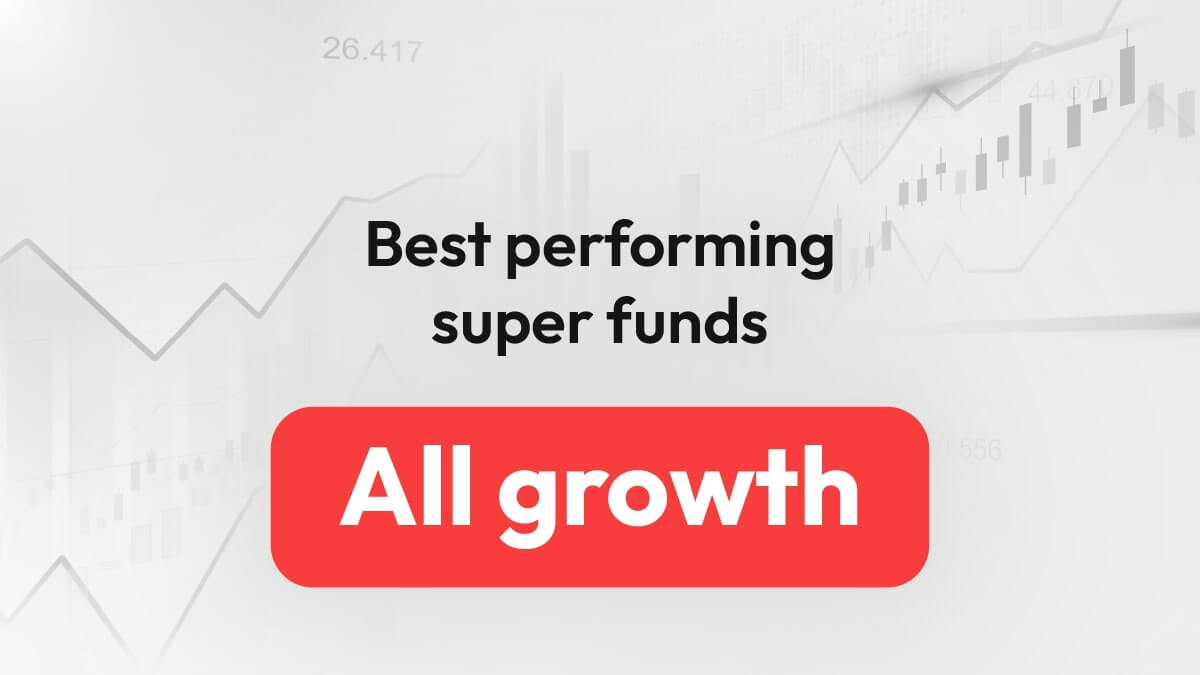
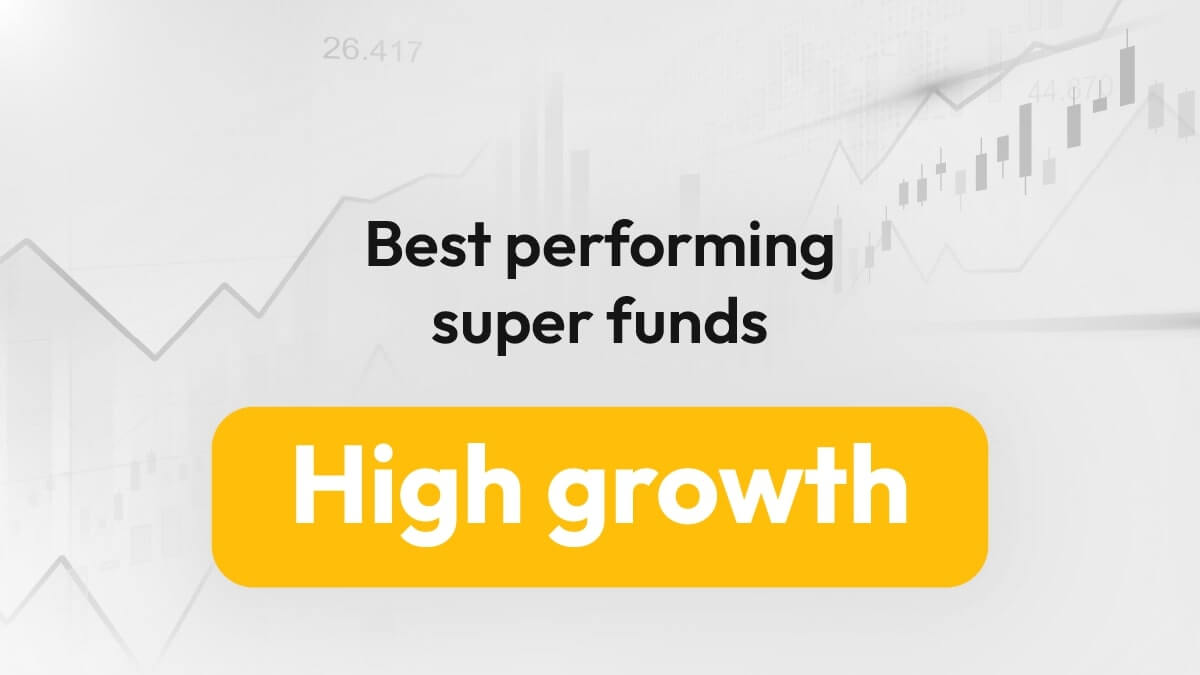
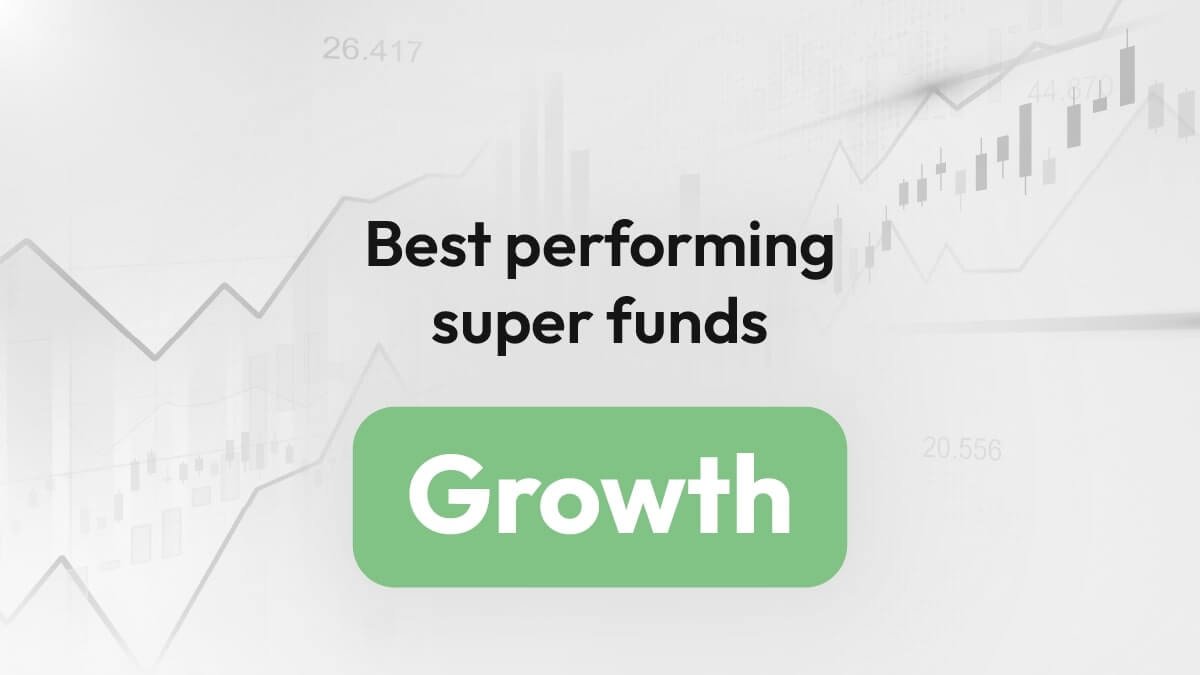
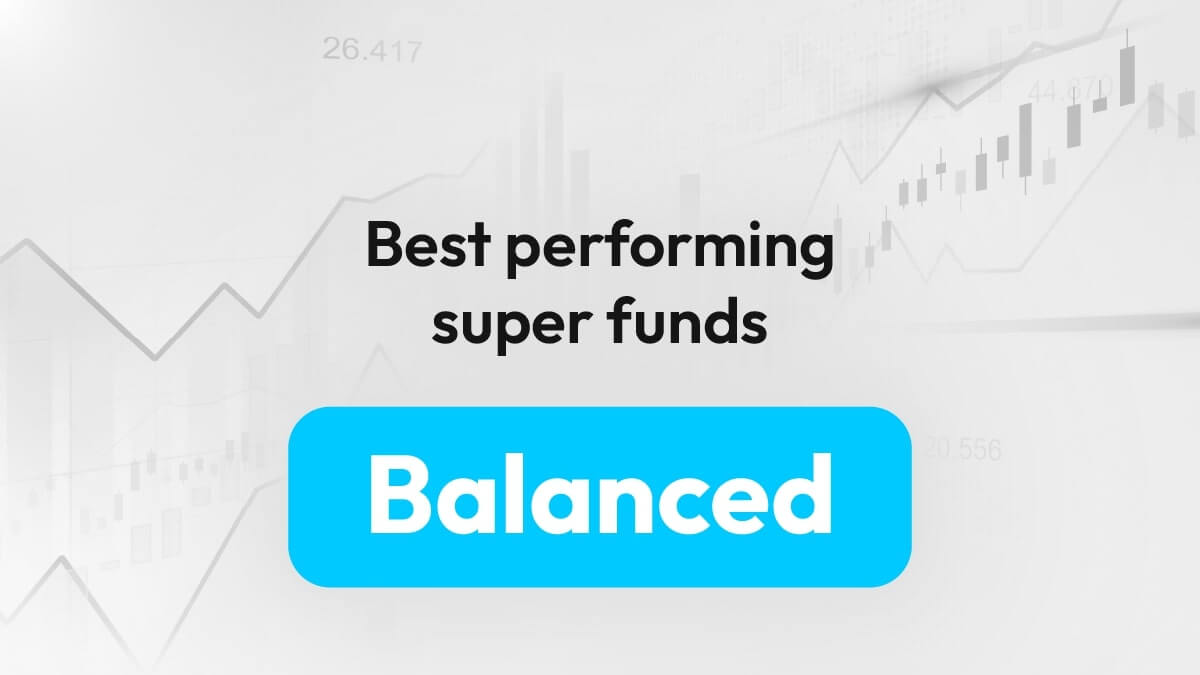
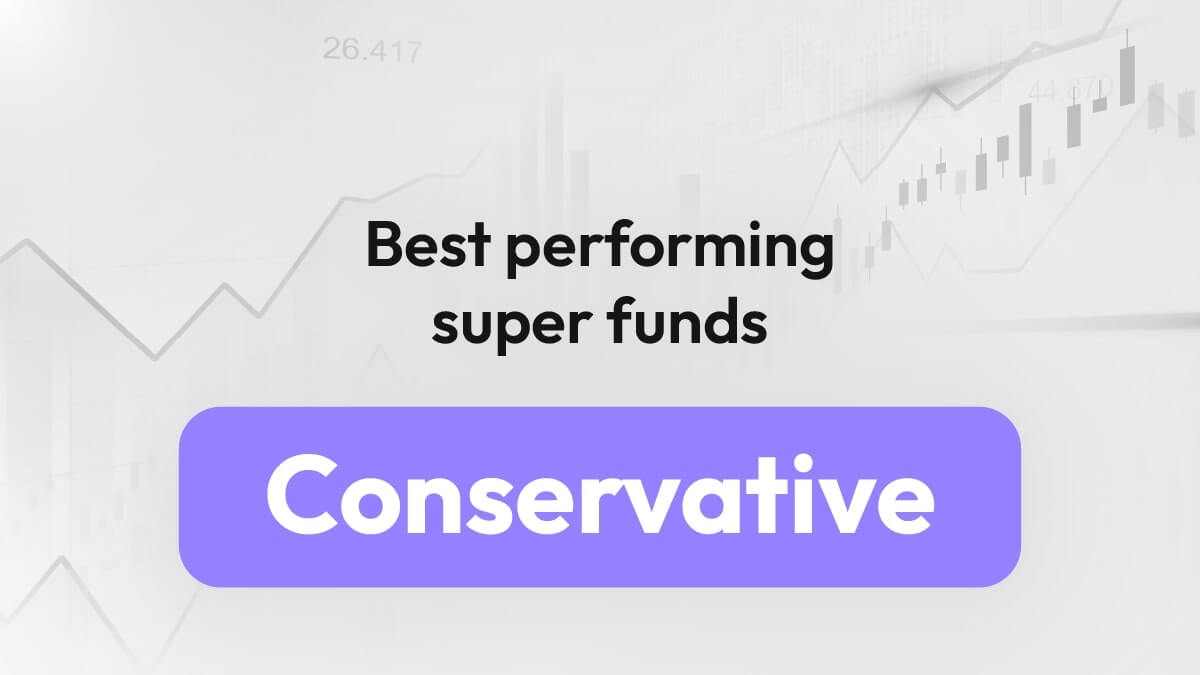
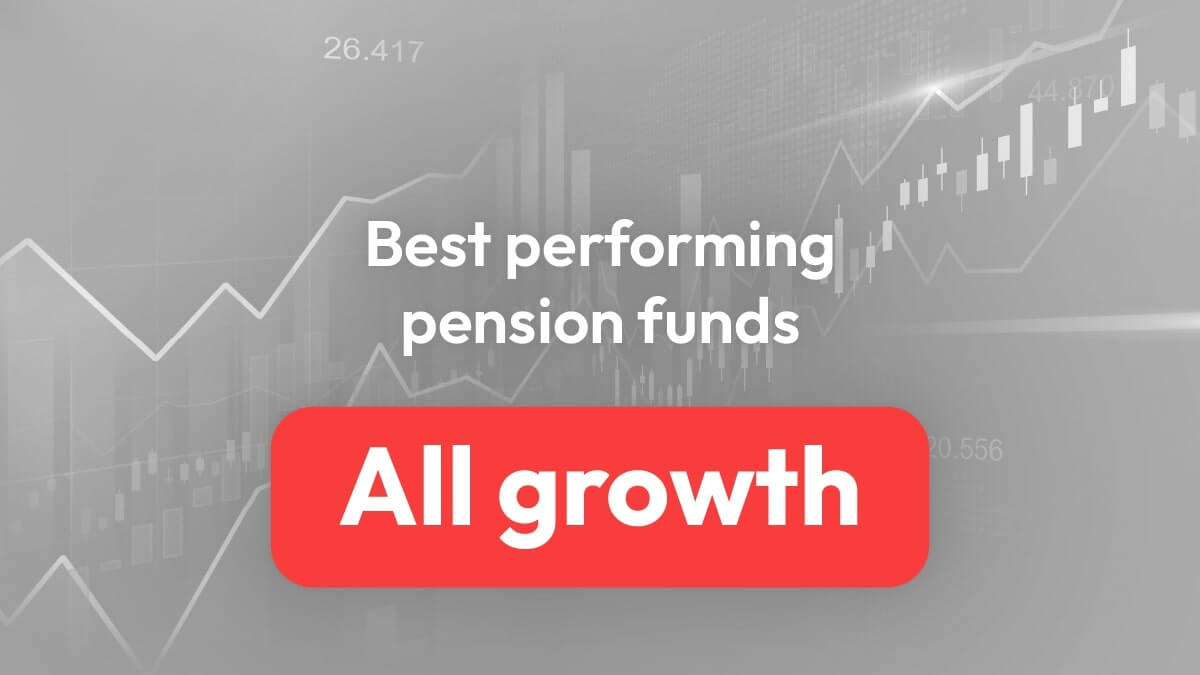
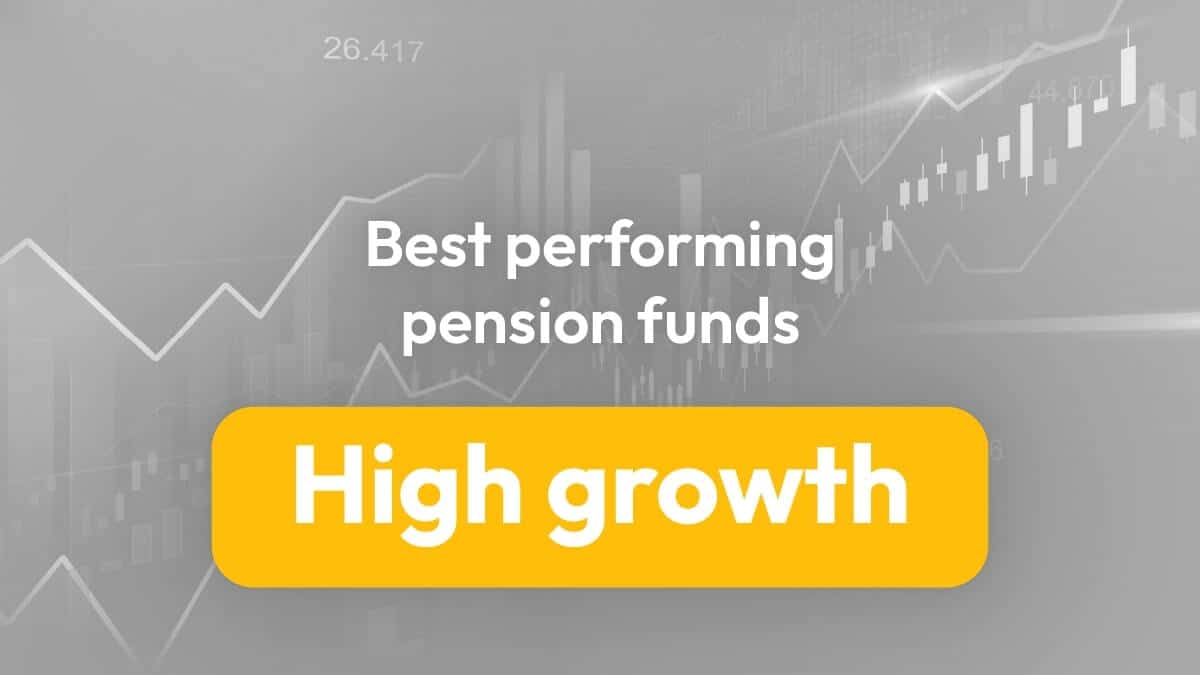
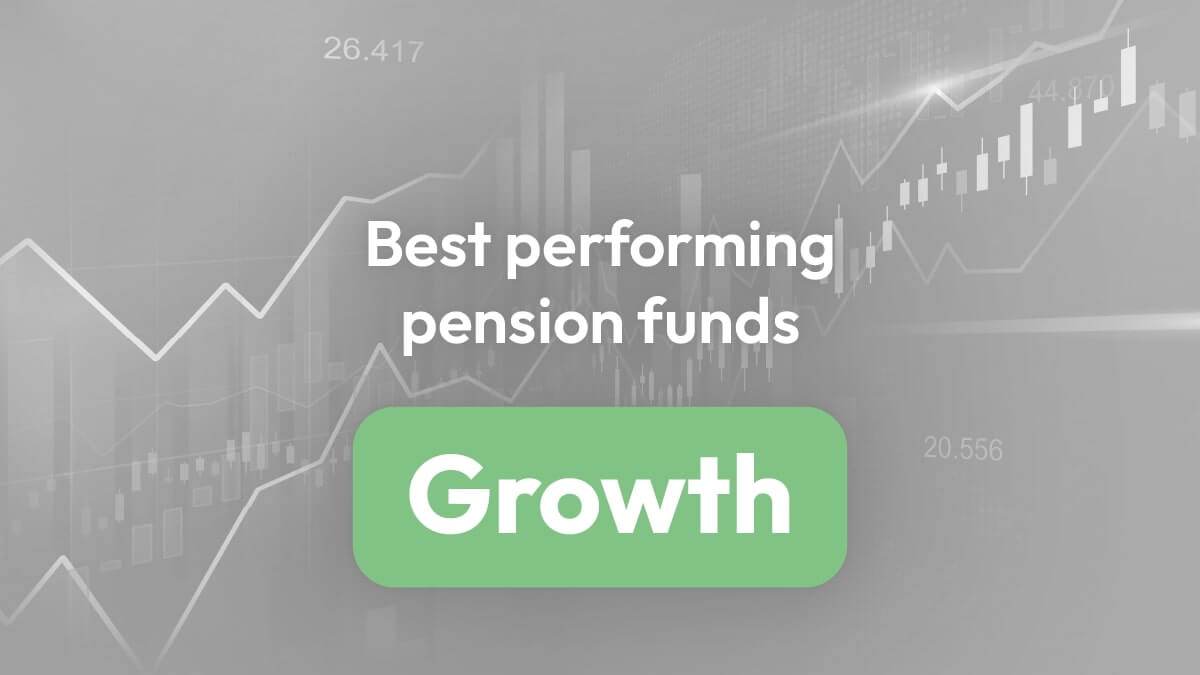
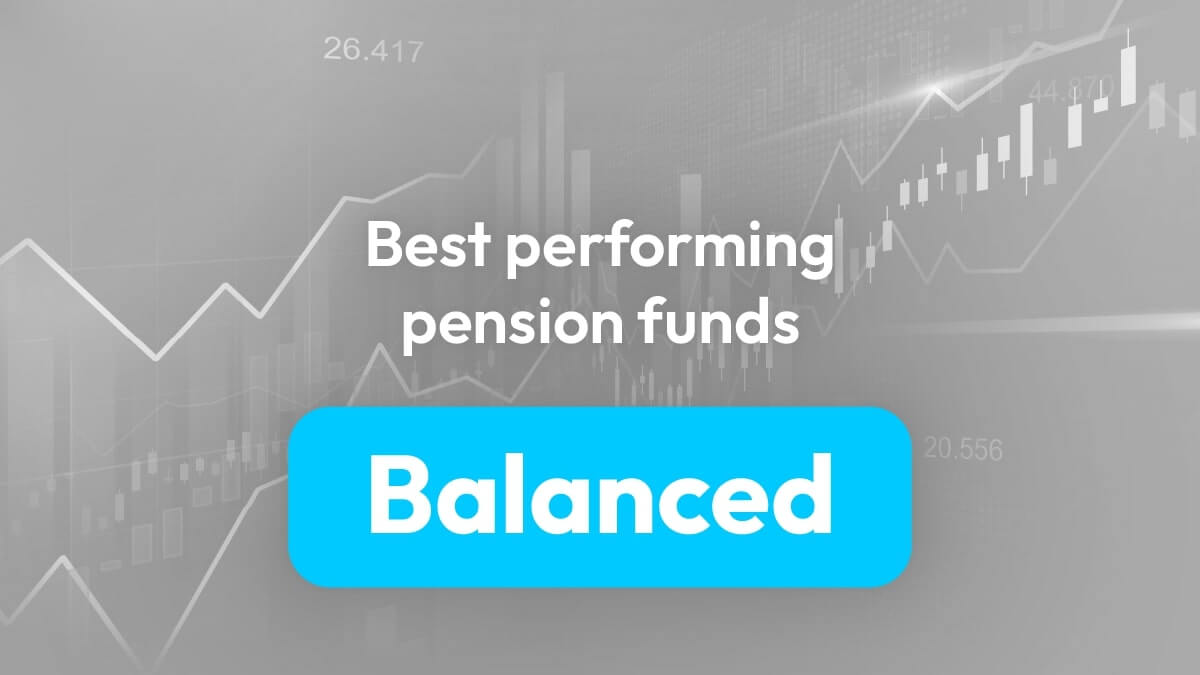
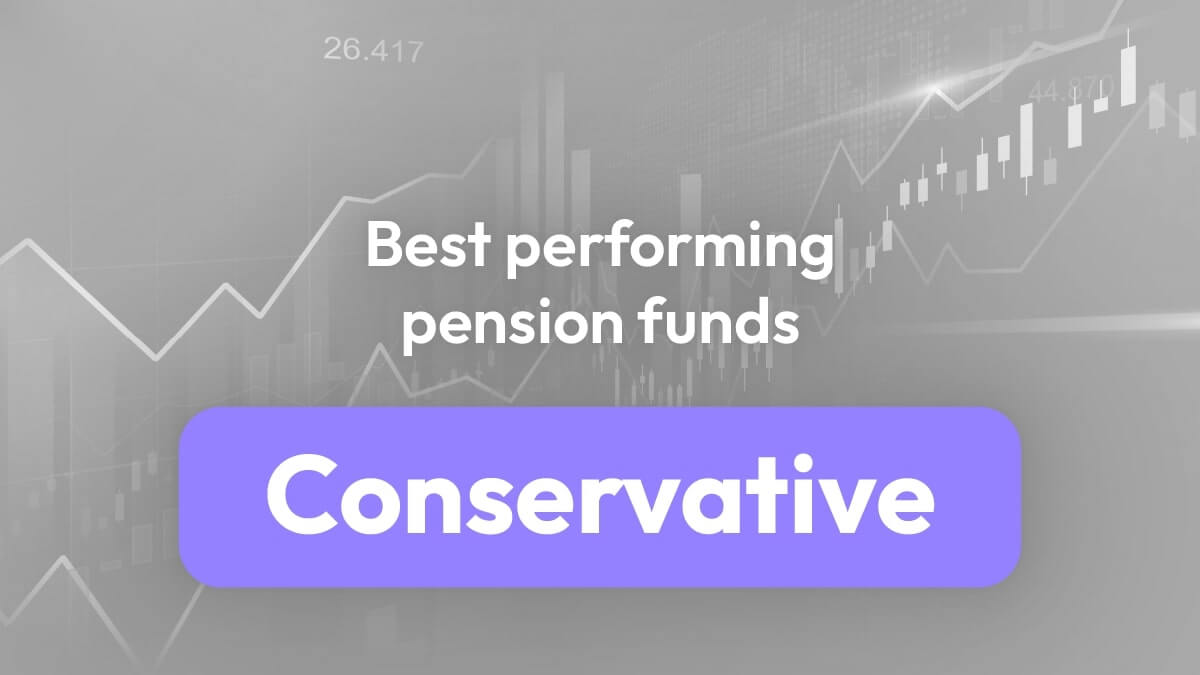
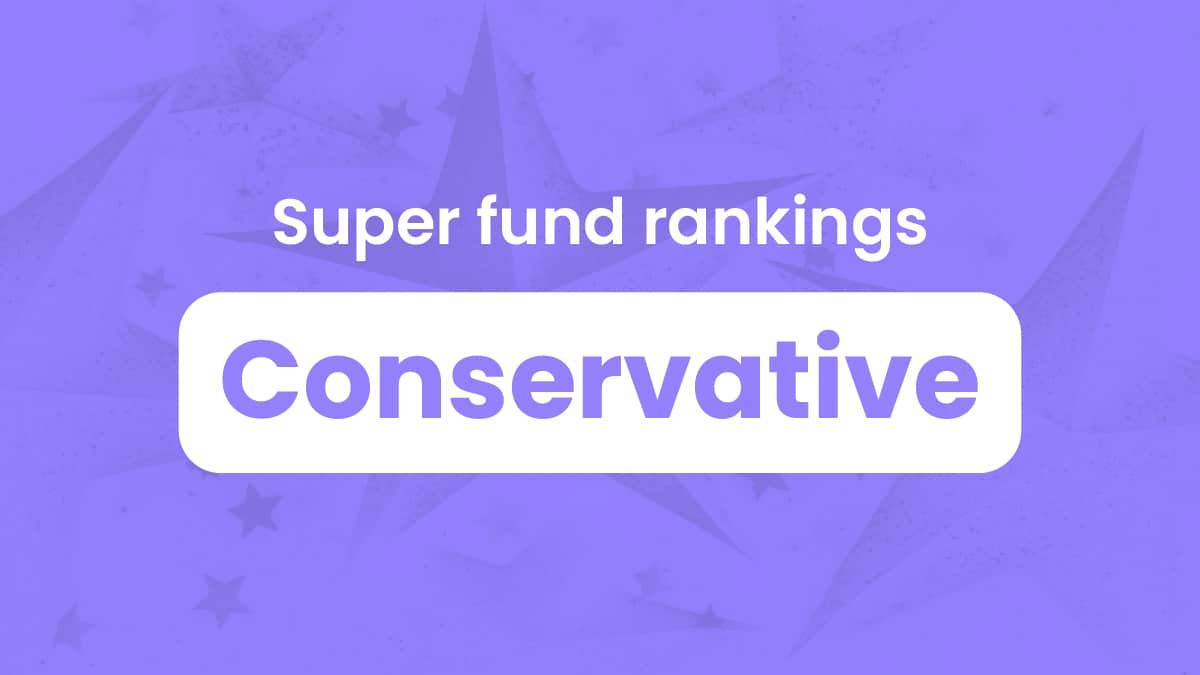
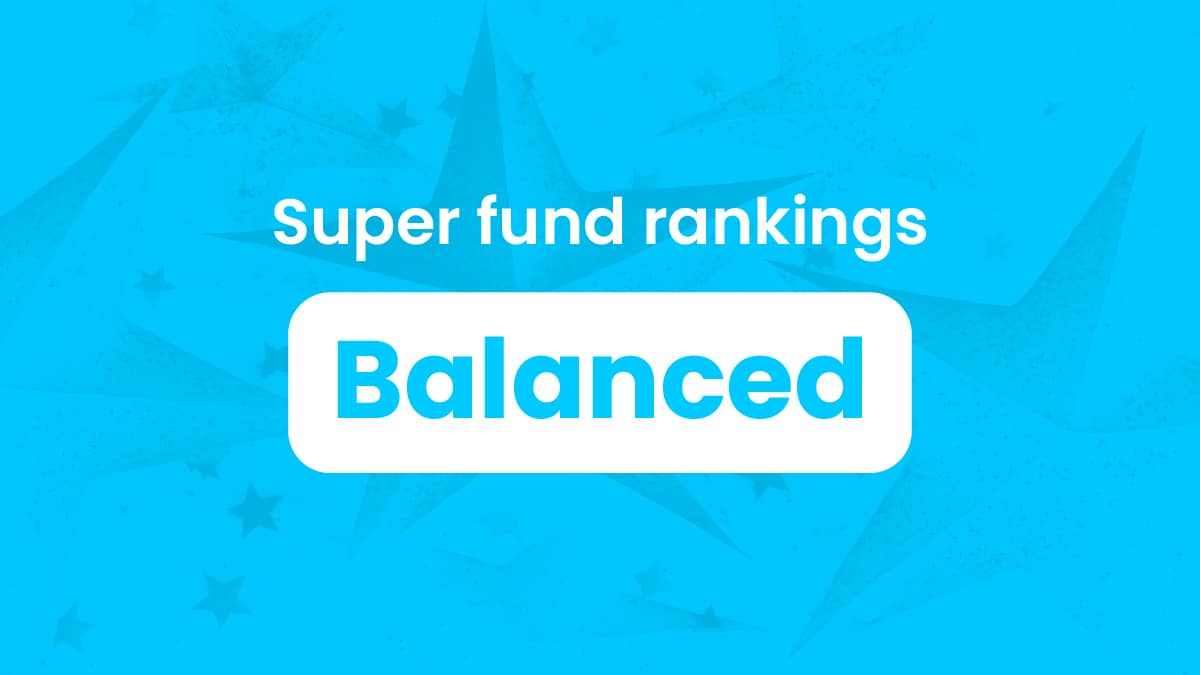

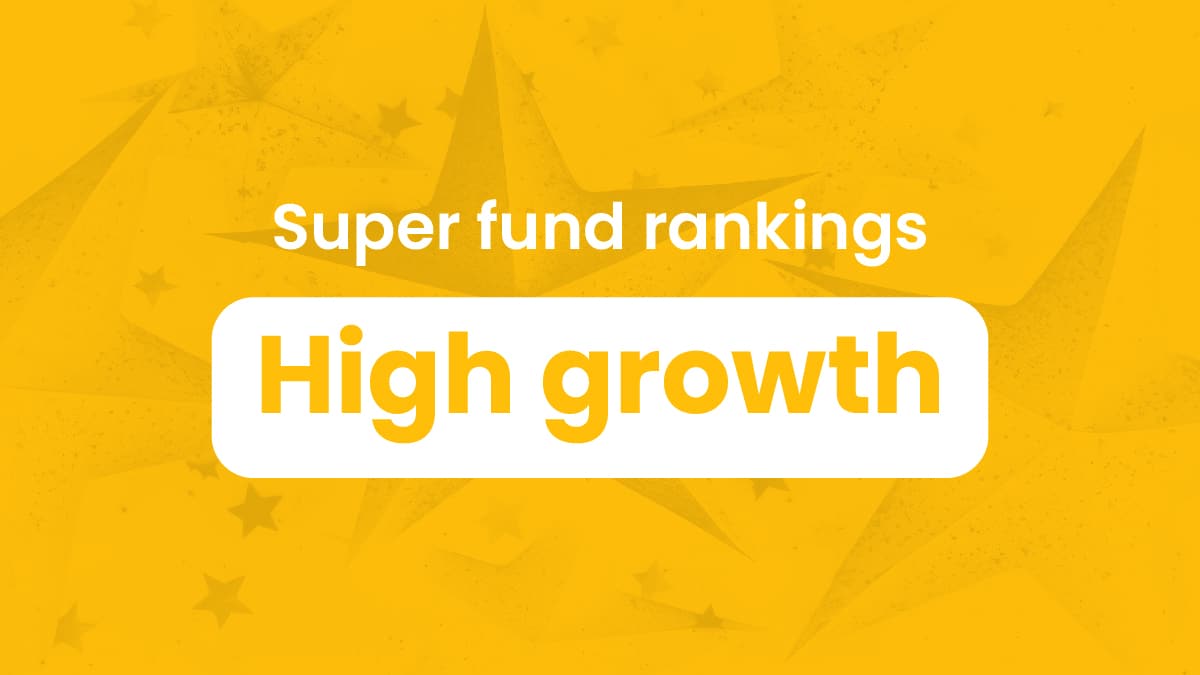
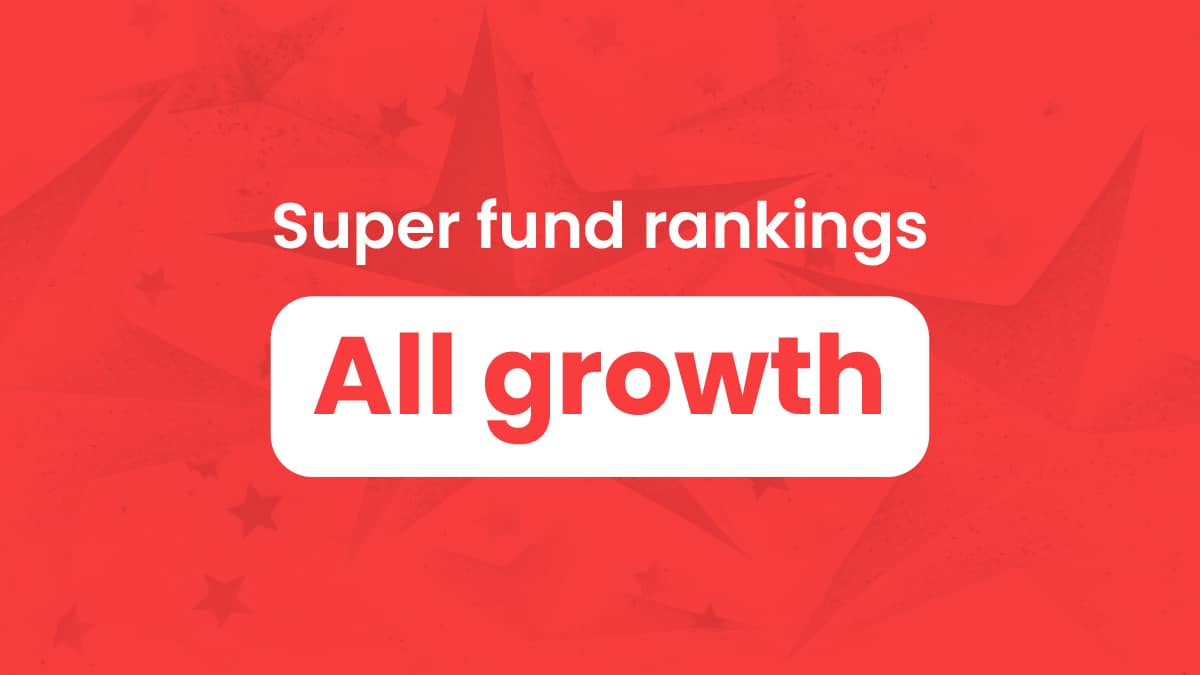
Leave a comment
You must be a SuperGuide member and logged in to add a comment or question.